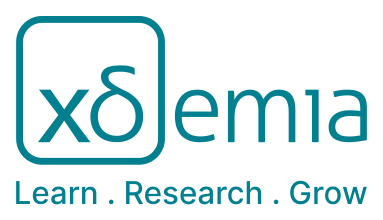Technology of MVDC-HVDC Converters
9 Enrollments Level : IntermediateRelevance
1. Reader – The core material. It contains all detailed explanations and theoretical background. This is the main reference document.
2. PowerPoint presentation – A condensed version of the reader. It highlights the key concepts and structures the content in a more visual and accessible way. Use it together with the reader: the slides point to the essential aspects, while the reader provides the in-depth detail.
3. Self-Assessment – A set of questions covering all contents. This allows you to check whether you have understood the material as a whole.
4. Exercises – A deeper exploration of selected topics from the reader. They focus on calculations and problem-solving, helping you to apply the theory in practice.
Abstract
This BB provides an in-depth overview of converter technologies for medium- and high-voltage applications, focusing on direct and indirect topologies, modulation strategies, and the specific technologies used in MVDC and HVDC systems. It covers both classic thyristor-based systems and modern IGBT-based voltage source converters, highlighting their architectures, operation principles, advantages, and challenges. Application examples include renewable energy integration, offshore wind connections, and long-distance power transmission.
Learning Outcomes
1. Understand the structure and function of direct and indirect converter topologies (cycloconverters, current source and voltage source inverters).
Analyze the operation principles of MVDC and HVDC systems, including both CSC-based and VSC-based architectures.
3. Evaluate the challenges and advantages of different high-power converter designs for grid integration and transmission.
4. Apply basic circuit analysis to AC/DC converter systems and interpret key performance metrics like efficiency and power factor.
Recognize the importance of advanced semiconductor technologies in enabling modern energy transmission solutions.?
Prior Knowledge
1. Basic understanding of power electronics components (diodes, thyristors, IGBTs)
2. Familiarity with AC/DC circuit analysis and fundamental electrical engineering principles.
3. Knowledge of basic converter types such as rectifiers and inverters.
4. Awareness of modulation methods, especially Pulse Width Modulation (PWM).
Understanding of key power system concepts like voltage, current, and power factor.
Keywords
- MVDC
- HVDC
- PowerElectronics
Elements
1. About this Building Block
About this Building Block
2. Reader
Technology of HVDC and MVDC Converters
3. Self-assessments
Technology of HVDC and MVDC Converters
4. Exercises
Technology of HVDC and MVDC Converters
5. Presentations
Presentation
Integrated Version
About Mid-Point Rectifier
About Bridge Rectifier
